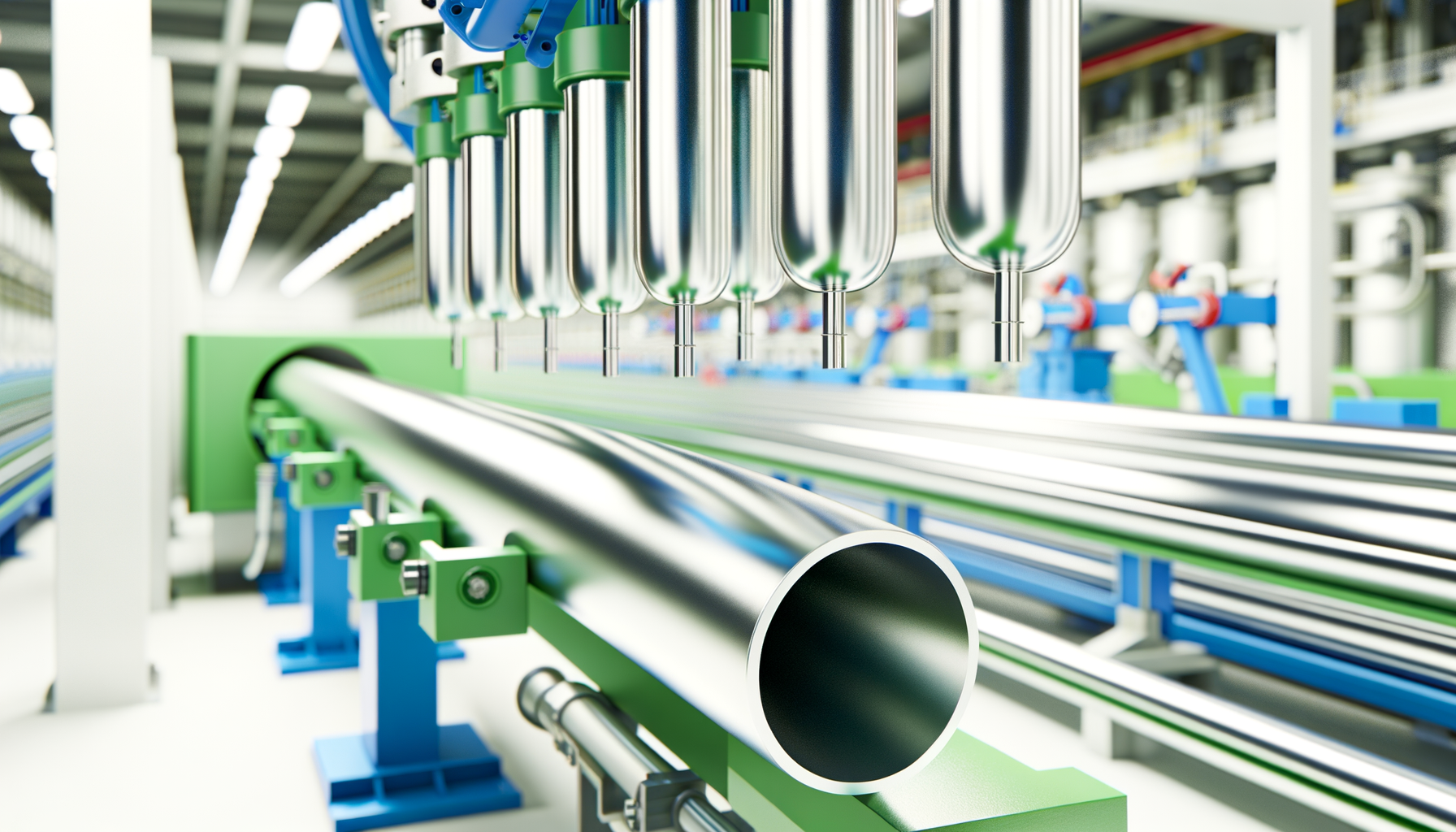In the realm of industrial and chemical applications, the decision surrounding the type of piping used can greatly impact safety, efficiency, and longevity of operations. Across the world, industries are experiencing a renewed focus on sustainability, durability, and reliability, leading to the growing adoption of PPR (Polypropylene Random Copolymer) pipes. Distinguished by their unrivaled high-temperature resistance capabilities, PPR pipes are quickly emerging as a preferred choice for many sectors. This article explores the manifold benefits and applications of PPR pipes within chemical and industrial environments.
Understanding PPR Pipes
Polypropylene Random Copolymer, or PPR pipes, are an advanced form of polypropylene that offers superior mechanical and thermal properties. Unlike traditional pipes made of metal or ceramics, PPR combines the benefits of plastic rigidity with flexibility, making it ideal for fluctuating thermal conditions.
Key Properties of PPR Pipes:
- Corrosion Resistance: PPR is unaffected by acidic or alkaline solutions, providing extended longevity.
- Thermal Stability: Capable of withstanding temperatures up to 95°C in constant use, making it a reliable choice for high-temperature transportation.
- Pressure Tolerance: High resistance to external impacts and internal pressures under varying conditions.
- Non-Toxic: Safe for conveying both industrial and potable water.
- Longevity: Lifespan of over 50 years, ensuring long-term investment returns.
Advantages in Chemical and Industrial Applications
1. High Thermal Endurance
The ability to tolerate elevated temperatures makes PPR pipes ideal for the chemical sector, where operations frequently handle heating and cooling systems. Traditional materials are susceptible to weakening under intense thermal fluctuations, whereas PPR pipes maintain robustness.
2. Resistance to Chemical Exposure
Unlike conventional metal pipes, PPR pipes excel in resisting chemical abrasions, eliminating the risk of erosion or pitting, even when exposed to the harshest of chemicals. This property significantly contributes to preventing contamination and maintaining product purity.
3. Impact on Pipeline Integrity
PPR’s malleability means that it can withstand internal pressures without leaks or bursts. This is particularly advantageous in chemical applications where high pressure and temperature induce pipeline stress.
Versatility in Application
The utilization of PPR pipes spans a wide range of industrial and chemical settings:
- Chemical Processing Plants: Suited for corrosive liquids and gases at varied temperatures.
- Petrochemical Industries: Ideal for transporting high-temperature crude products.
- Pharmaceuticals: Ensures sterility and non-reactive qualities for sensitive solutions.
- Food & Beverage Sector: Suitable for transporting dairy, beverages, and other consumables.
Energy Efficiency and Cost-Effectiveness
The architectural design of PPR pipes leads to smoother interiors, reducing pressure loss and energy consumption required for pumping fluids. This energy-efficient attribute also reduces costs over time, marked by fewer replacements, limited repairs, and improved operational efficiencies.
Environmental and Safety Considerations
With environmental damages gaining global attention, industries are required to implement safer practices:
- Recyclability: PPR pipes are recyclable, reducing the carbon footprint.
- Non-Toxics: As there are no harmful chemicals involved in their manufacturing, PPR pipes position themselves as environmentally friendly products.
Moving Forward
As industries grow increasingly conscious of efficiencies and sustainability, PPR pipes make a strong case for future investments. Their integration into contemporary industrial frameworks holds promise for advancements in pipeline integrity, cost-effectiveness, and peace of mind knowing that infrastructure aligns with modern best practices.
Conclusion
In conclusion, the benefits of adopting PPR pipes in chemical and industrial applications are multifaceted. With their high-temperature resistance, impressive durability, and non-toxic nature, they are the cornerstone of modern piping solutions. Advancements in material engineering are anticipating even more breakthroughs, solidifying PPR pipes as integral components of industrial infrastructure. This shift towards PPR is not just a move towards better efficiency, but a proactive step towards embracing the future of industrial piping.
Explore Comprehensive Market Analysis of PPR Pipe Production Line Market
SOURCE-- @360iResearch

